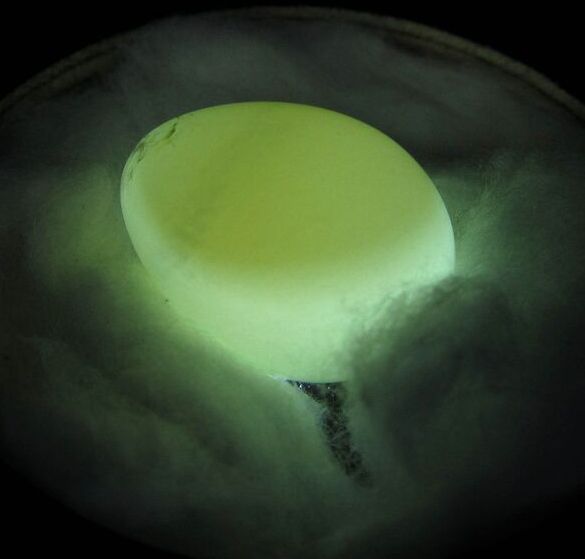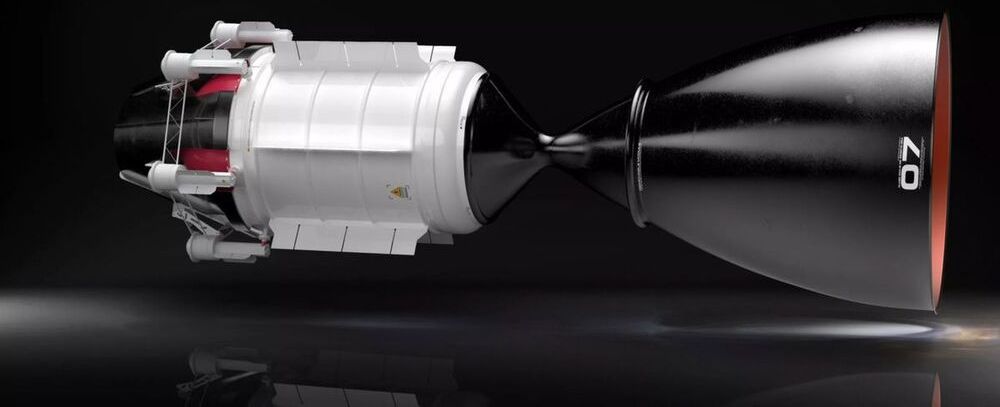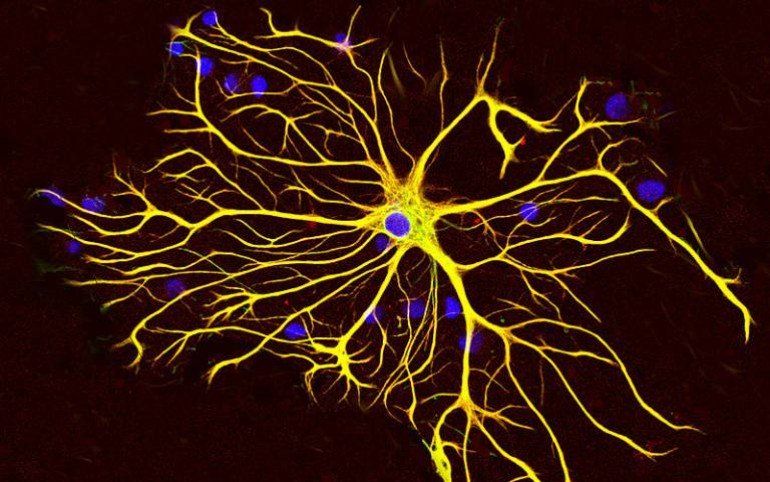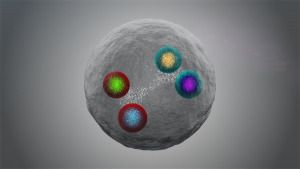We received multiple reports last night via Twitter of low-flying helicopters in the area, but they were not the recently reported police, news, or Department of Energy air traffic.



The U.S. Air Force envisions placing laser weapon systems on fighter jets by the mid-2020s. The service is banking on a defense contractor’s SHiELD laser system, a pod-mounted laser that will protect fighters from incoming missiles.
✈ You love badass planes. So do we. Let’s nerd out over them together.

Aging link
~~~ “The telomere biology of humans is closer to the telomere biology of birds than those of traditional laboratory models. In both humans and birds, telomere length is measured in a minimally-invasive way from small blood samples,” says Collegium Researcher Antoine Stier from the University of Turku (Finland), the main author of the research article.
While authors of the study had reasons to expect shorter telomeres in chicks born from eggs injected with thyroid hormones, they were quite surprised to find that those chicks actually exhibited longer telomeres right after birth.” “Based on the natural decline of telomere length observed with age in the same collared flycatcher population, we estimated that chicks hatching from thyroid hormones injected eggs were approximately four years younger at birth than chicks hatched from control eggs,” adds Collegium Researcher Suvi Ruuskanen.
Although the molecular mechanisms underlying such effects remain to be discovered, the new findings suggest that prenatal thyroid hormones might have a role in setting the ‘biological age’ at birth.
The environment provided by the mother during embryo development has major consequences on later-life health and lifespan. This can arise through effects on cellular aging which is often estimated with the length of telomeres. Telomeres are the protective end caps of chromosomes and their length is a marker of biological age.
While telomeres normally shorten with age, short telomeres at a given age predict higher disease and mortality risks. Prenatal exposure to maternal stress hormones as well as instability during embryo development have previously been found to result in short telomeres, i.e. accelerated cellular aging.
A brewery in the Netherlands is making environmental history by using a cycle of renewable iron as fuel for its furnace.
Dive deeper. ➡ Get unlimited access to the weird world of Pop Mech, starting NOW.


It’s twice as efficient as a chemical rocket.
Ultra Safe Nuclear Corporation (USNC) has designed a new thermal nuclear engine it says could carry astronauts to Mars in just three months—and back to Earth in the same amount of time. By using ceramic microcapsules of high assay low enriched uranium (HALEU) fuel, USNC’s thermal nuclear engine could cut the trip in half even from optimistic estimates.
🌌You like our badass universe. So do we. Let’s explore it together.


WASHINGTON — NASA formally certified SpaceX’s Crew Dragon spacecraft for transporting astronauts to and from the International Space Station, clearing the way for a Nov. 14 launch.
Agency officials completed the certification of the spacecraft by signing a document known as a Human Rating Certification Plan during a flight readiness review for the Crew-1 mission Nov. 10. That confirmed that SpaceX met all of NASA’s requirements for safely carrying astronauts on the Crew Dragon spacecraft and Falcon 9 launch vehicle.
“It’s just a tremendous day that is a culmination of a ton of work,” said Kathy Lueders, NASA associate administrator for human exploration and operations, at a Nov. 10 briefing about the flight readiness review. Lueders managed the commercial crew program at NASA for several years before being promoted to her current position in June. “It’s NASA saying to SpaceX you have shown us you can deliver a crew transportation capability that meets our requirements.”

The finding marks a major breakthrough in a search of almost 20 years, carried out in particle physics labs all over the world.
To understand what a tetraquark is and why the discovery is important, we need to step back in time to 1964, when particle physics was in the midst of a revolution. Beatlemania had just exploded, the Vietnam war was raging and two young radio astronomers in New Jersey had just discovered the strongest evidence ever for the Big Bang theory.
On the other side of the U.S., at the California Institute of Technology, and on the other side of the Atlantic, at CERN in Switzerland, two particle physicists were publishing two independent papers on the same subject. Both were about how to make sense of the enormous number of new particles that had been discovered over the past two decades.
Here’s my latest video, “Longevity Genes: APOE”!
A reduced mortality risk and an increased lifespan has been reported for people who have APOE2 alleles, when compared with APOE3 or APOE4, but beyond associations, data for lifespan in APOE-expressing mice was recently reported, evidence that supports a causative role for APOE on longevity.